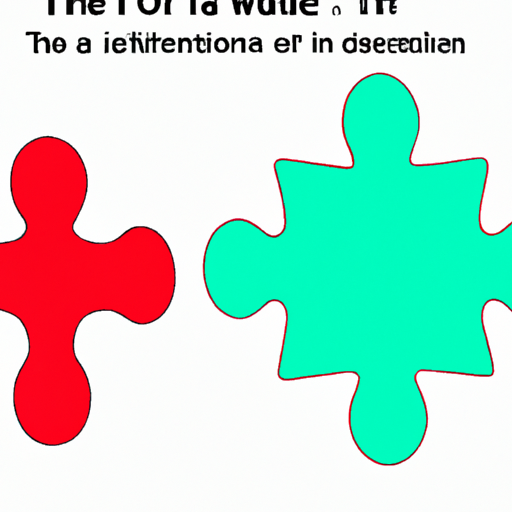What is the Inverse of a One-to-One Function: Explained
One-to-one functions play a crucial role in mathematics and have various applications in different fields. Understanding the concept of the inverse of a one-to-one function is essential for solving equations, finding solutions, and analyzing data. In this article, we will dive into the details of what an inverse of a one-to-one function is and how it can be determined.
A one-to-one function, also known as an injective function, is a function where each element in the domain corresponds to a unique element in the range. In simpler terms, no two different elements in the domain can have the same image in the range. This property ensures that every input has a distinct output.
The inverse of a one-to-one function is a new function that “undoes” the original function. It swaps the roles of the domain and the range, meaning that the input values become the output values and vice versa. The inverse function allows us to retrieve the original input from the output.
To find the inverse of a one-to-one function, we follow a specific set of steps:
Step 1: Determine the Original Function
Identify the given function, which should be a one-to-one function. It is represented as f(x) or y = f(x).
Step 2: Replace f(x) with y
Replace the function notation f(x) with y. This step helps us in swapping the roles of x and y in the equation.
Step 3: Interchange x and y
Swap the positions of x and y in the equation obtained from step 2. The equation should now be in the form x = g(y), where g(y) represents the inverse function.
Step 4: Solve for y
Isolate y on one side of the equation obtained from step 3. This step involves performing algebraic operations to express y in terms of x.
Step 5: Replace y with f-1(x)
Replace y with f-1(x) in the equation obtained from step 4. The equation should now be in the form x = f-1(x), representing the inverse function.
It is important to note that not all functions have an inverse. For a function to have an inverse, it must be a one-to-one function. If a function is not one-to-one, it means that multiple elements in the domain map to the same element in the range, making it impossible to retrieve the original input from the output.
In conclusion, the inverse of a one-to-one function is a new function that swaps the roles of the domain and the range. It allows us to retrieve the original input from the output. By following the steps mentioned above, we can determine the inverse of a one-to-one function. Understanding the concept of the inverse of a one-to-one function is essential for various mathematical applications and problem-solving.




